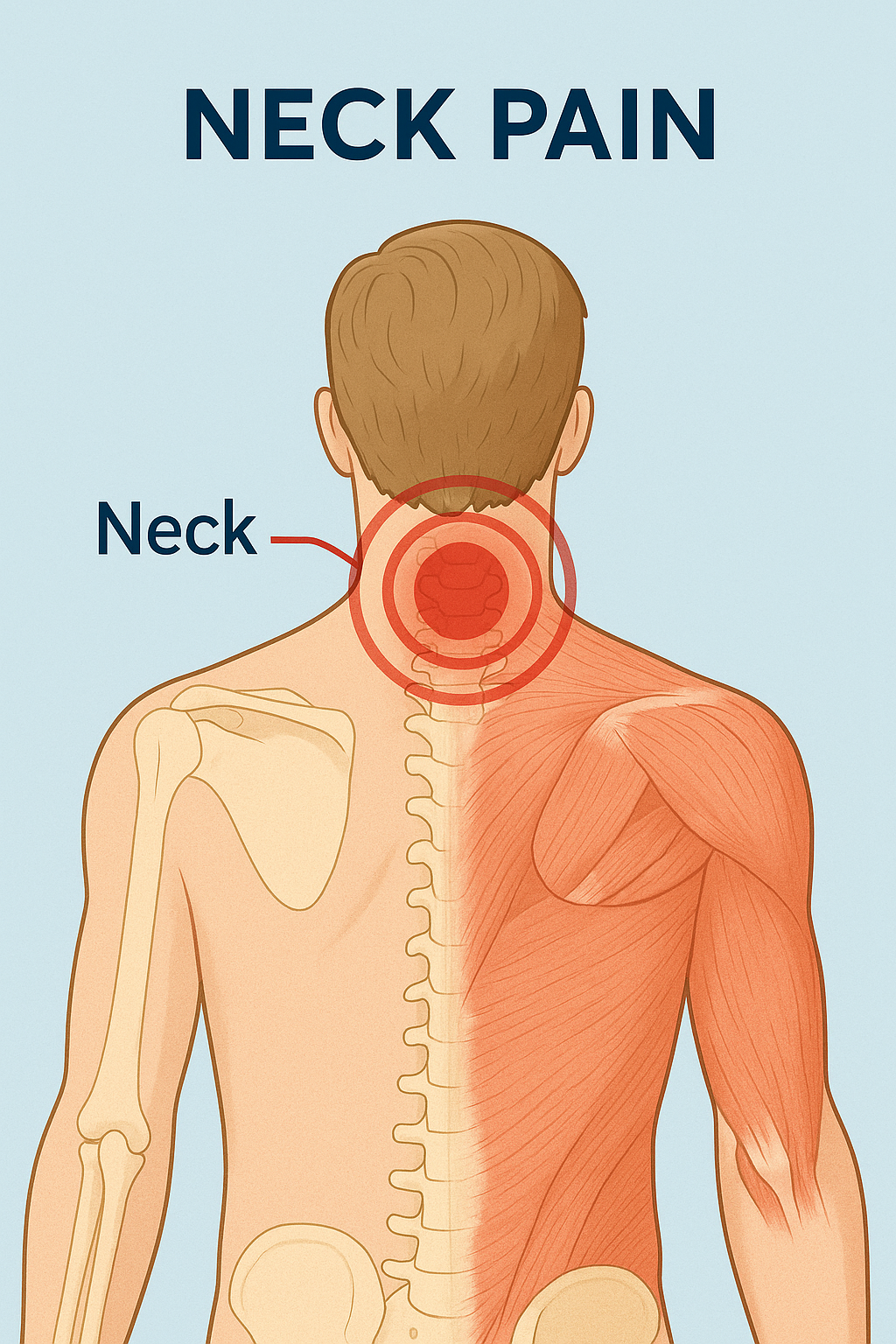Musculoskeletal Disorder (MSD) Prevention is a vital concern in workplaces where manual labor is routine. From warehouses to construction sites, workers who perform repetitive tasks, lift heavy loads, or work in awkward positions are especially vulnerable to injuries affecting muscles, nerves, and tendons.

These injuries not only cause pain and disability but also lead to increased absenteeism, higher insurance costs, and lost productivity.
Implementing strong MSD prevention strategies is a cornerstone of an effective OHSE (Occupational Health, Safety, and Environment) program.
- What Are Musculoskeletal Disorders (MSDs)?
- High-Risk Factors in Manual Jobs
- The Cost of Ignoring MSDs
- Proven Strategies for Musculoskeletal Disorder Prevention
- Role of Supervisors and OHSE Teams
- The Future of MSD Prevention: Smart Tech and AI
- Real-World Example
- Final Thoughts: A Healthier Workforce Starts with MSD Prevention
What Are Musculoskeletal Disorders (MSDs)?
Musculoskeletal Disorders are injuries or disorders that affect the body’s movement or musculoskeletal system—this includes muscles, tendons, ligaments, nerves, discs, and joints.

Common MSDs in Manual Jobs Include:
- Lower back pain
- Tendonitis
- Carpal tunnel syndrome
- Rotator cuff injuries
- Tennis elbow
- Neck strain
These conditions often develop over time due to cumulative strain, but they can also result from a single traumatic event, such as improper lifting.
High-Risk Factors in Manual Jobs
Manual jobs inherently involve repetitive motions and physical exertion. Here are some of the leading risk factors that contribute to MSDs:

1. Repetitive Motion
Constant motion without adequate rest breaks strains muscles and tendons.
2. Forceful Exertions
Lifting, pushing, or pulling heavy loads can overload the body.
3. Awkward Postures
Working in bent, twisted, or overhead positions places stress on joints and soft tissues.
4. Vibration Exposure
Tools like jackhammers and power drills transmit vibration to the hands and arms, increasing injury risk.
5. Cold Temperatures
Cold environments reduce blood flow to muscles and joints, making tissues more susceptible to injury.
6. Inadequate Recovery Time
Overtime work, poor staffing, or production pressure can reduce recovery and increase MSD risk.
The Cost of Ignoring MSDs
According to the Canadian Centre for Occupational Health and Safety (CCOHS), MSDs are among the most frequent and costly workplace injuries. In Canada, MSDs account for nearly 50% of all lost-time injuries, and they are the leading cause of disability in many manual professions.
The indirect costs—like reduced morale, retraining, and lower productivity—can be 2 to 5 times higher than direct medical expenses.
Proven Strategies for Musculoskeletal Disorder Prevention
1. Ergonomic Assessments
Ergonomics is the science of fitting the job to the worker. Begin by evaluating each task for ergonomic risks and adjust the design of tools, workstations, and job duties accordingly.
Examples:
- Use height-adjustable tables to prevent awkward bending
- Provide tools with ergonomic grips
- Redesign workflow to reduce excessive reaching or twisting
Internal resource: Learn more from our guide on Ergonomic Workplace Design on OHSE.ca
2. Manual Handling Training
Employees must understand the mechanics of safe lifting and how to recognize high-risk activities. Regular training should include:
- Proper lifting techniques (e.g., using legs, not back)
- Use of team lifting for heavier objects
- Planning routes and eliminating trip hazards before lifting
- Signs and symptoms of early MSDs
Incorporate demonstrations, role-playing, and visual aids to reinforce learning.
3. Job Rotation and Task Variation
Rotating employees between tasks that use different muscle groups helps reduce repetitive strain. This also keeps workers mentally engaged and lowers the chance of overuse injuries.
Pro tip: Schedule higher-risk tasks earlier in shifts when workers are more alert and physically ready.
4. Mechanical Aids and Assistive Devices
Invest in mechanical aids to minimize manual handling. Examples include:
- Carts and trolleys
- Vacuum lifts
- Hoists and cranes
- Powered conveyor belts
While the upfront cost may seem high, these tools pay off by reducing injuries, compensation claims, and downtime.
5. Workstation Adjustments
For jobs that involve prolonged standing or working at benches:
- Provide anti-fatigue mats
- Install footrests
- Adjust bench heights to elbow level
- Encourage neutral posture with elbows at 90 degrees and wrists straight
Even small adjustments can significantly lower strain and discomfort over a shift.
6. Stretching and Microbreak Programs
Encouraging short stretching routines or microbreaks throughout the day can improve circulation, reduce fatigue, and relieve muscle tension.
Create “stretching stations” or send daily reminders for breaks. Even 2–3 minutes of light stretching every hour makes a difference.
7. Early Intervention and Reporting Culture
Train employees to report early symptoms of MSDs before they become serious. These may include:
- Tingling or numbness
- Weakness in grip
- Localized aches or stiffness
A positive reporting culture helps identify and correct the causes of injuries early—preventing long-term damage and costly claims.
Role of Supervisors and OHSE Teams
Supervisors must lead by example and monitor working conditions actively. When a worker reports discomfort, investigate immediately. OHSE professionals should:
- Perform regular job hazard analyses
- Reassess workstations as equipment or staffing changes
- Review incident reports for patterns in MSDs
Encouraging a continuous improvement approach helps adapt your MSD prevention plan over time.
The Future of MSD Prevention: Smart Tech and AI
Advancements in technology are reshaping how we tackle MSD risks:
- Wearable exoskeletons: Reduce physical load in lifting or overhead work
- Sensor-equipped PPE: Tracks posture and provides real-time feedback
- Ergonomic software: Analyzes motion and posture from videos to detect risks
- AI-based job analysis: Predicts risk factors from existing job tasks and worker profiles
These innovations add precision and data-driven decision-making to your MSD prevention program.
Real-World Example
At a packaging facility in British Columbia, the company implemented the following changes:
- Introduced lifting aids and rolling tables
- Rotated workers between packing, quality control, and loading
- Added 2-minute stretch breaks every hour
Results:
- 75% reduction in reported MSD symptoms within 6 months
- 20% increase in productivity
- Positive feedback in employee satisfaction surveys
Final Thoughts: A Healthier Workforce Starts with MSD Prevention
Musculoskeletal Disorder Prevention in manual jobs is not just a legal or financial concern—it’s a fundamental aspect of worker well-being. By investing in ergonomics, training, job design, and assistive tools, organizations can drastically reduce MSDs and foster a safer, more productive environment.
The key to success? A proactive, people-first approach that integrates MSD prevention into daily operations and workplace culture.

No comments yet